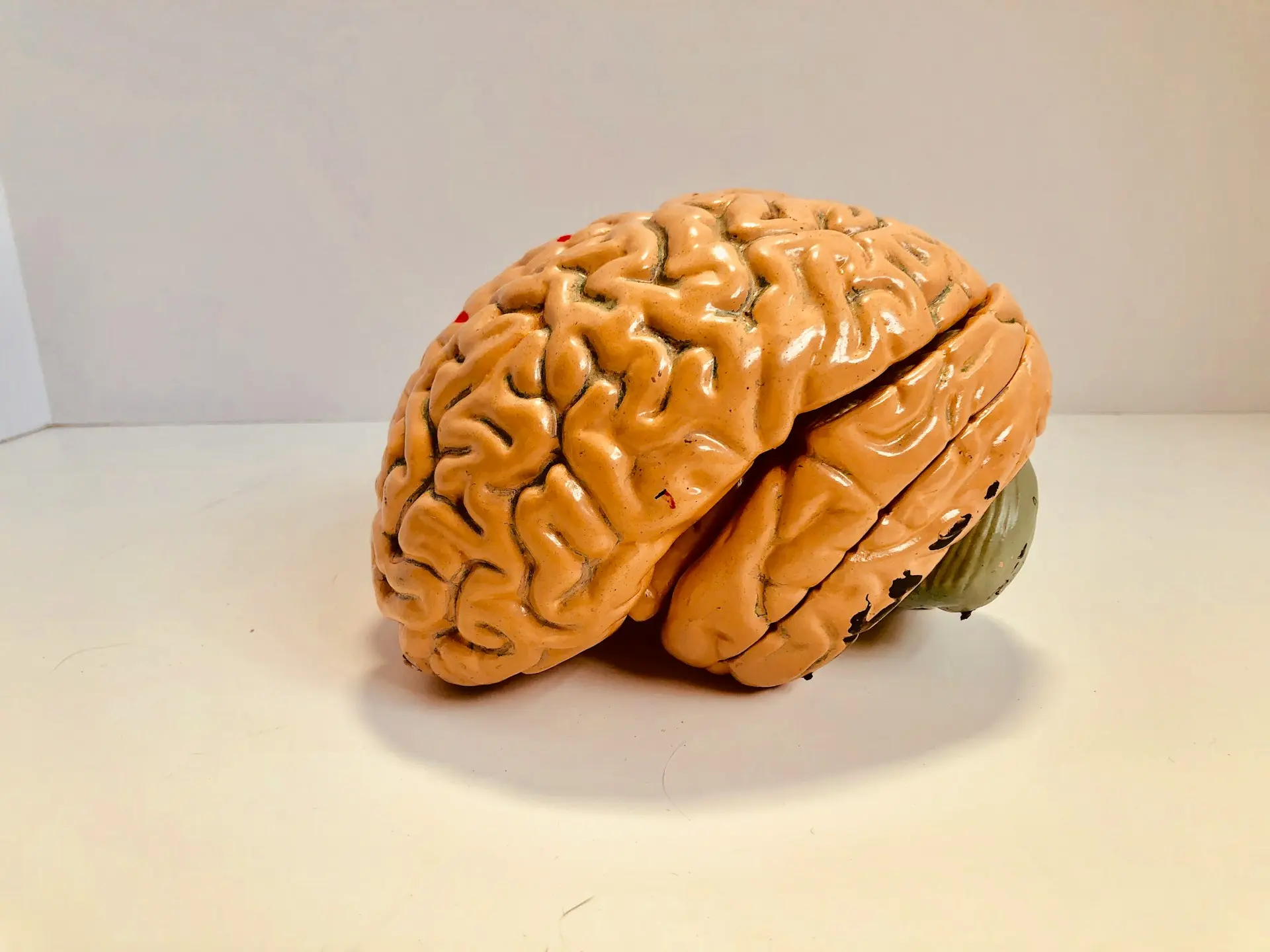A blood clot in the brain, also known as cerebral thrombosis or intracranial blood clot, can have severe consequences if not promptly addressed.

Blog
Blood Clot in Brain – Causes, Symptoms & Care
A blood clot in the brain, also known as cerebral thrombosis or intracranial blood clot, can have severe consequences if not promptly addressed. Understanding its symptoms, causes, and treatment options is crucial for timely intervention and prevention of complications.
The onset of a blood clot in the brain can manifest through various symptoms. Blood clot in brain symptoms may include sudden severe headaches, weakness or numbness in the face or limbs (often on one side of the body), difficulty speaking or understanding speech, vision problems, dizziness, and loss of balance or coordination. These symptoms typically occur suddenly and may worsen rapidly.
Several factors can contribute to the formation of blood clots in the brain. Brain clot causes may include conditions such as atrial fibrillation, which can lead to blood pooling and clot formation in the heart before traveling to the brain. Other causes include atherosclerosis, which is the buildup of plaque in the arteries, increasing the risk of clot formation. Traumatic brain injury and certain medical conditions or treatments, such as cancer and chemotherapy, can also elevate the risk of blood clots in the brain.
Prompt diagnosis and treatment are essential for managing a blood clot in the brain effectively. Brain clot diagnosis often involves imaging tests such as computed tomography (CT) scans or magnetic resonance imaging (MRI) to visualize the clot and assess its location and size. Additionally, blood tests may be conducted to evaluate clotting factors and rule out other potential causes of symptoms. Once diagnosed, treatment options aim to dissolve the clot, prevent further clot formation, and minimize the risk of complications. Brain clot treatment may involve the use of thrombolytic medications to dissolve the clot, anticoagulants to prevent new clots from forming, and in some cases, surgical intervention to remove the clot or relieve pressure on the brain.
Preventing blood clots in the brain involves adopting lifestyle modifications and managing underlying health conditions that contribute to clot formation. Lifestyle changes such as maintaining a healthy diet, staying physically active, avoiding tobacco use, and managing stress can help reduce the risk of blood clots. Additionally, individuals with underlying medical conditions such as atrial fibrillation or a history of stroke may require ongoing medication and regular medical monitoring to prevent clot formation.
Awareness of the symptoms of a blood clot in the brain is crucial for recognizing the signs early and seeking prompt medical attention. If you or someone you know experiences sudden, severe headaches, weakness or numbness in the face or limbs, difficulty speaking or understanding speech, or any other concerning symptoms, it's essential to seek immediate medical care. Early intervention can significantly improve outcomes and reduce the risk of long-term complications associated with a blood clot in the brain.
A blood clot in the brain is a serious medical condition that requires prompt diagnosis and treatment. By understanding the symptoms, causes, and treatment options associated with brain clots, individuals can take proactive steps to reduce their risk and seek timely medical attention if symptoms arise. Through lifestyle modifications, ongoing medical management, and awareness of the signs, we can work towards preventing and effectively managing blood clots in the brain for better overall health and well-being.
HealthOK Global provides expert insights on nutrition, meal planning, and healthy eating habits. Contact our FREE 24 x 7 Healthcare Helpline at +91-8047190955 for assistance.
The onset of a blood clot in the brain can manifest through various symptoms. Blood clot in brain symptoms may include sudden severe headaches, weakness or numbness in the face or limbs (often on one side of the body), difficulty speaking or understanding speech, vision problems, dizziness, and loss of balance or coordination. These symptoms typically occur suddenly and may worsen rapidly.
Several factors can contribute to the formation of blood clots in the brain. Brain clot causes may include conditions such as atrial fibrillation, which can lead to blood pooling and clot formation in the heart before traveling to the brain. Other causes include atherosclerosis, which is the buildup of plaque in the arteries, increasing the risk of clot formation. Traumatic brain injury and certain medical conditions or treatments, such as cancer and chemotherapy, can also elevate the risk of blood clots in the brain.
Awareness of the symptoms of a blood clot in the brain is crucial for recognizing the signs early and seeking prompt medical attention. If you or someone you know experiences sudden, severe headaches, weakness or numbness in the face or limbs, difficulty speaking or understanding speech, or any other concerning symptoms, it's essential to seek immediate medical care. Early intervention can significantly improve outcomes and reduce the risk of long-term complications associated with a blood clot in the brain.
Need Personalized Health Guidance?
Get expert advice tailored to your specific health needs from our qualified healthcare professionals.





